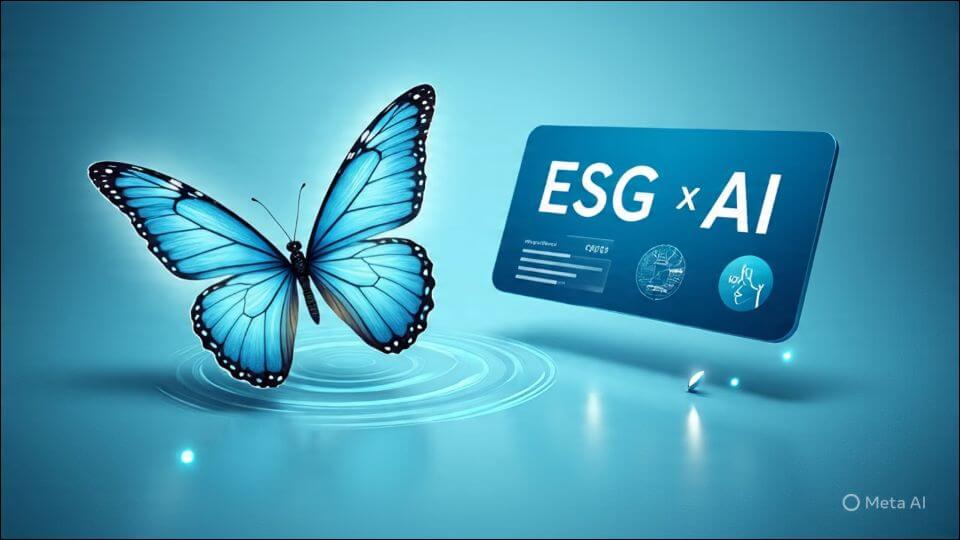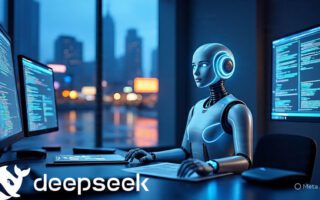In a digital world overflowing with sameness—mass content, market saturation, and algorithmic echo chambers—traditional competition feels… claustrophobic. Enter the Blue Ocean Strategy of the AI era: not just swimming away from the sharks in red waters, but building a sea of your own.
In this evolution from Red Ocean vs. Blue Ocean Strategy: Which Is the Best Strategy in the AI Era?, we explore how artificial intelligence unlocks creative market spaces, crafts new genres, and turns Filipino imagination into strategy.
1. 🌊 Redefining Blue Ocean Thinking Through AI
AI doesn’t just accelerate innovation—it reshapes where and how value is created.
- Hyper-Personalized Discovery: AI identifies micro-niches no human analyst could reach: think Visayan-language medical chatbots or barangay-level weather zines.
- Generative Differentiation: Copilot, Midjourney, and Runway allow creators to build new formats: neural carousels, zero-code community maps, even synthetic audio-led campaigns.
- Co-Creation at Scale: Instead of optimizing for clicks, creators can optimize for meaning, using feedback loops from AI to explore value with empathy and flair.
2. ⚠️ Red Flags in Blue Oceans
Not all blue is ethical. AI-powered innovation can replicate systemic harm unless designers stay grounded:
- Ethical Whiteness: Over-sanitized “new spaces” may ignore historical wounds, cultural context, and local needs.
- Data Colonialism: Filipino language, habits, and imagery are often harvested to train models without consent or credit.
- Value Mirage: Some Blue Oceans become shallow, cluttered waters—where novelty outpaces purpose.
- ESG Blind Spots: As explored in ESG Principles and the Butterfly Effect in the Age of AI, even tiny tech choices can cause global ripples—spiking energy use, reinforcing bias, and destabilizing communities if ESG isn’t baked into innovation.
Ethics must guide exploration, especially when the waters look calm.
3. 🧠 Filipino Blue Ocean Inspirations
Locally rooted, globally resonant. These ideas aren’t just strategy—they’re social stewardship:
- Smart Sari-Sari Platforms: AI helps microentrepreneurs forecast demand, score digital credit, and serve communities more sustainably.
- Disaster-Aware Barangay Networks: Crowdsource real-time flood alerts using AI-generated maps and local language voice prompts.
- Dialect-Centric AI Tools: Instead of waiting for global platforms to “support Tagalog,” build Visayan, Ilocano, Waray-Waray chatbots that empower learning, healing, and voting.
🐾 Final Thought
Blue Ocean Strategy in the Age of AI isn’t about swimming faster—it’s about changing the tides. When Filipino creators blend ethics, identity, and intelligent tools, we don’t just find new markets. We craft new meanings.
This is no longer about beating competitors. This is about uplifting communities, rewriting systems, and sailing where no algorithm has gone before.







